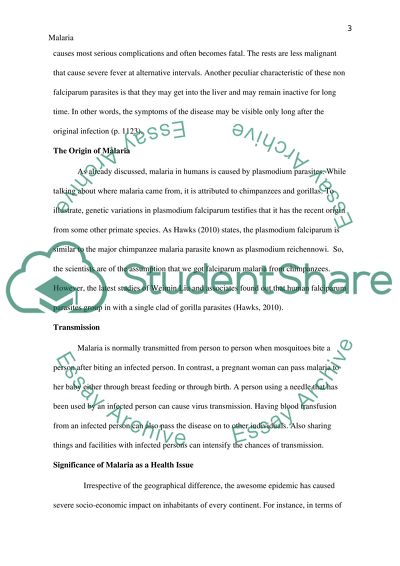Cite this document
(“Controlling Malaria: Vaccines Research Paper Example | Topics and Well Written Essays - 1000 words”, n.d.)
Retrieved from https://studentshare.org/health-sciences-medicine/1436507-controlling-malaria-vaccines
Retrieved from https://studentshare.org/health-sciences-medicine/1436507-controlling-malaria-vaccines
(Controlling Malaria: Vaccines Research Paper Example | Topics and Well Written Essays - 1000 Words)
https://studentshare.org/health-sciences-medicine/1436507-controlling-malaria-vaccines.
https://studentshare.org/health-sciences-medicine/1436507-controlling-malaria-vaccines.
“Controlling Malaria: Vaccines Research Paper Example | Topics and Well Written Essays - 1000 Words”, n.d. https://studentshare.org/health-sciences-medicine/1436507-controlling-malaria-vaccines.


